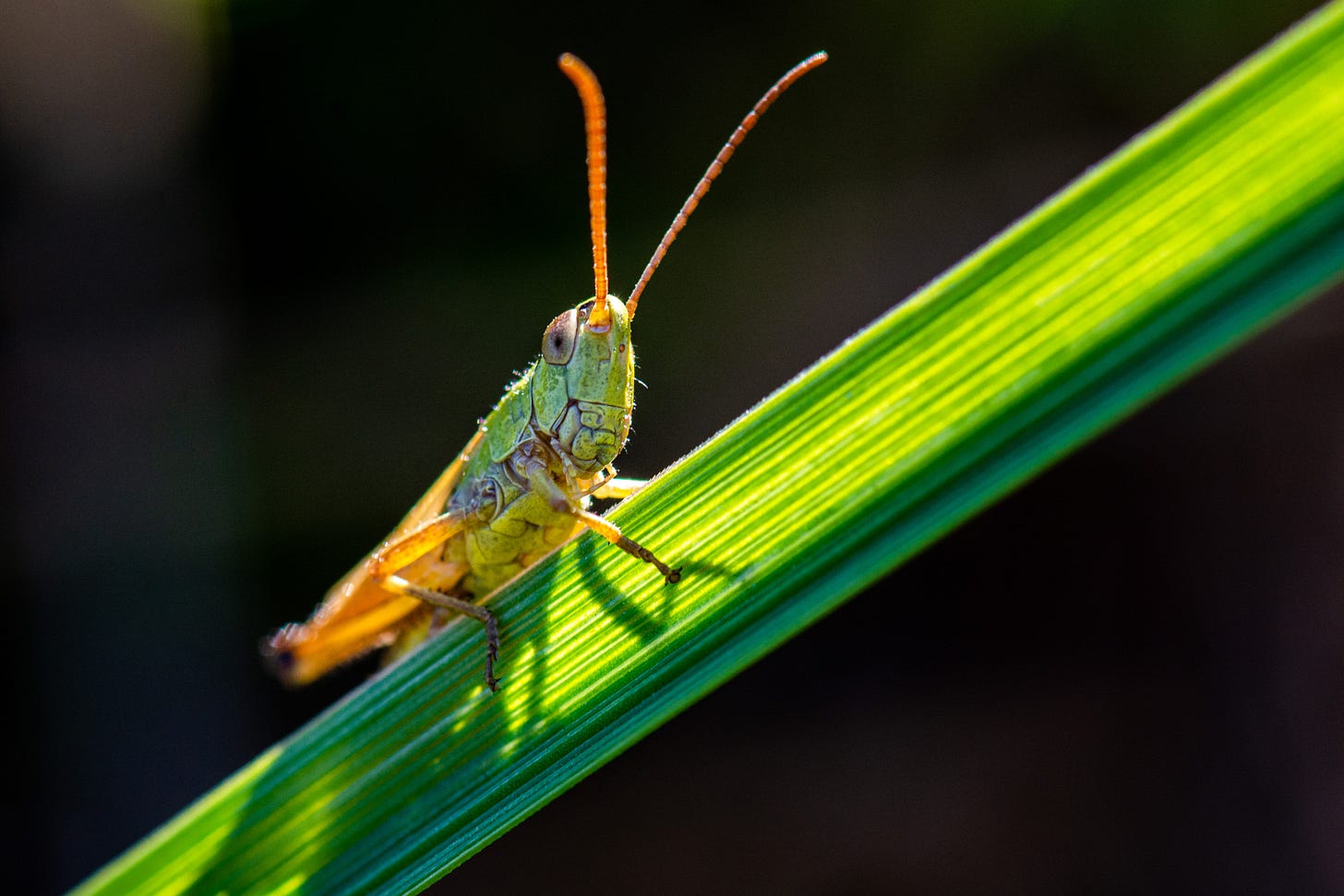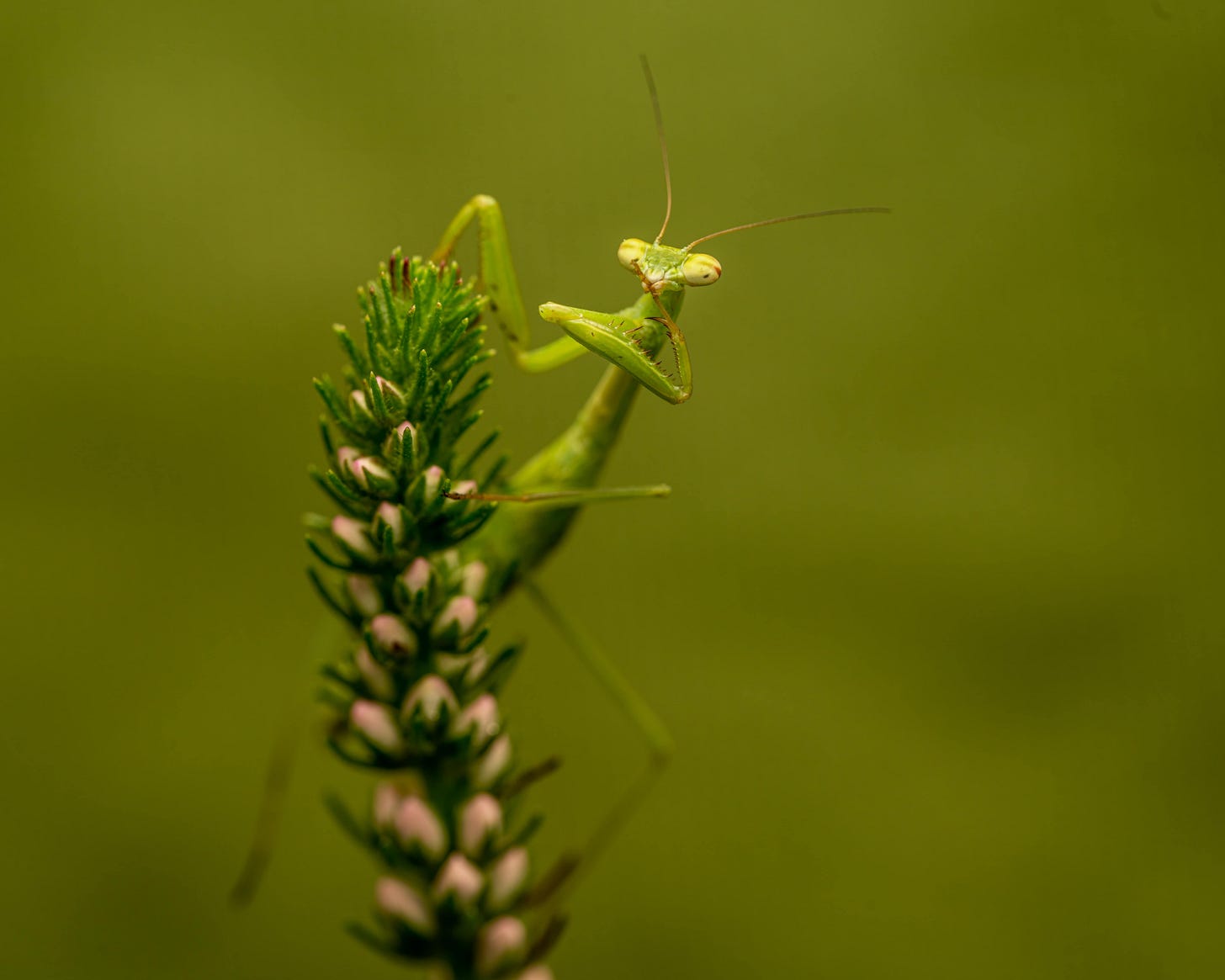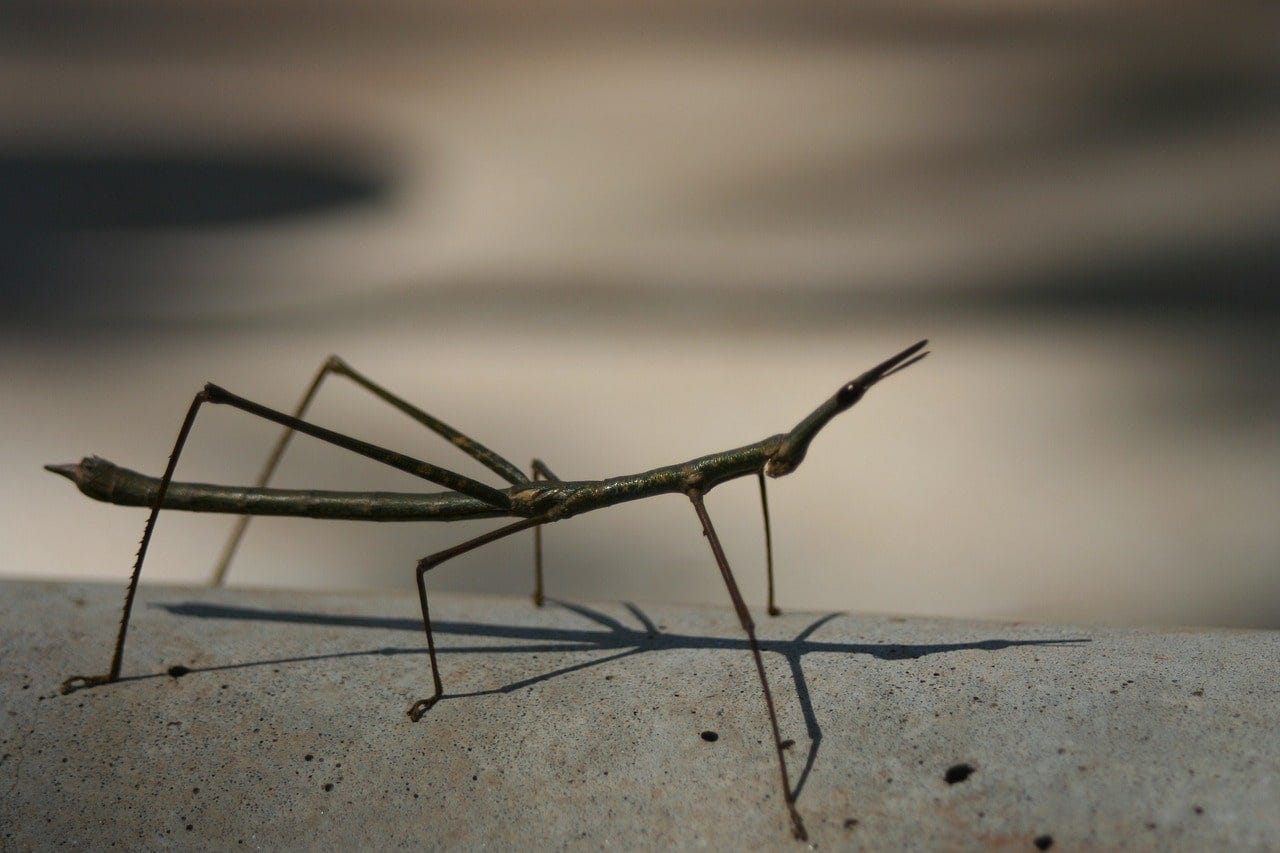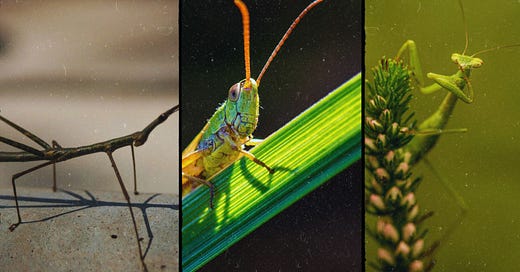3 Friendly Bugs That Make Perfect Pets
Before you decide to crush a harmless insect, consider making a new friend.
Not all bugs are pests. Insects may frighten people or gross them out, but they play a profound role in Earth’s ecosystem.
Bees, spiders and even cockroaches all serve a purpose in nature. We rely on bees to pollinate the majority of the plants we eat. We need spiders to keep insect populations under control; otherwise, all the smaller bugs would eat our food crops. And, believe it or not, we need cockroaches because they are a crucial food source for other species and help trap nitrogen in the soil, which is important for tree growth. All living things, even the ones that scare us, contribute to keeping the planet healthy.
While people usually avoid those creepy-crawlers, there are other insects that are more commonly kept as pets. For example, in the United States, ants in commercial ant farms are the most common pet bug, according to the Smithsonian. If truth be told, ants are only one of many types of aphids that are easy to maintain as household pets. Grasshoppers, praying mantises and stick bugs are also friendly insects that get along well with humans.
Grasshoppers
The first grasshopper I ever loved was a fictional one. In the movie James and the Giant Peach, based on Roald Dahl’s book of the same name, the story follows an orphan named James, who lives with his two wicked aunts and befriends five anthropomorphic bugs (a grasshopper, a spider, a centipede, a ladybug and an earthworm) that live inside a giant peach. The grasshopper in this part stop-motion, part live-action film mirrors a dapper grandfather, wearing a distinguished suit and spiffy monocle. It’s one of the most endearing found family films from my childhood, and all the lovable secondary characters are insects.

Real grasshoppers might not dress like Mr. Peanut, but they are one of the easiest pets to manage. According to Pet Keen, grasshoppers are either omnivores or herbivores, depending on the species. The grasshoppers, which are omnivores, receive their nutrients by consuming plant material, such as grass and reeds. If you decide to take in a grasshopper, you can move them into a glass terrarium with a wire lid. The reason they make great pets is that they eat inexpensive food and they are easy pets to keep. As for drinking water, all you need to do is spray their leaves with water before feeding them.
Although their lifespan is typically a year, they are safe little creatures that are very friendly and animated. But if you do keep more than one in the same terrarium, just know they might quickly multiply.
Praying Mantises
Praying mantises are more than just green sticklike creatures. These unconventional insects are one of the most stealthy bugs in nature, known for their unparalleled camouflaging abilities and excellent vision. Some species of praying mantises even have body shapes akin to plant leaves or branches, which helps them blend seamlessly into their surroundings. Although they are aggressive hunters, when it comes to their interactions with humans, they are quite docile with their pet owners, according to PBS.

To care for these extraordinary creatures, all you need is a small fish tank (glass or plastic), twigs for the bug to perch on, artificial heating (typically only during the winter months), and tubs of insects. Praying mantises generally eat crickets, fruit flies and other aphids, but they must be fed to them while alive. For drinking water, place a small, shallow water dish in their terrarium. While in captivity, they can live up to two years. It’s that simple.
Praying mantises are solitary creatures that are part of a group of insects containing over 2,400 species. But if you have more than one, just know they are also cannibalistic critters that only come together to mate and will likely attempt to eat their mate afterwards. This insect is not boring, which makes it fascinating to observe.
Stick Bugs
Stick bugs make great pets, but they are very fragile. Because of their distinctive appearance and simplicity of maintenance, it is likely why they have become a popular insect pet. The Indian stick bugs are the most common ones that become pets, but there are over 2,500 species of stick and leaf insects, according to Spruce Pets. Stick bugs are tame enough to sit on your hands and do not attack or bite people. To make them feel at home, it is best to mimic their natural habitats when they are kept as pets.

There are just a few things a pet owner will need when caring for a stick bug. Roomy glass tanks (10 to 15 gallons), plastic pet containers or glass jars are great places to house them. Just make sure your stick bug home is at least 15 inches tall, well ventilated and has a secure lid. As for temperatures, they live in a warm habitat, which needs to be around 70 to 75 degrees Fahrenheit. Heating pads, like the ones used for reptiles, will work if needed. Indian stick bugs like to eat plants such as rose leaves, oak leaves, blackberry leaves and bramble leaves. Misting the leaves will provide them with the water they need to drink. The stick bug’s lifespan is typically one year. But they sometimes play dead, so don’t be alarmed if they appear too still. It’s just a defense mechanism.
Friend or foe, bugs have been here long before us and are likely to remain here long after our lifetime. Insects are an essential part of the wheel of life. The German-American entomologist Thomas Eisner once said, “Bugs are not going to inherit the earth. They own it now. So we might as well make peace with the landlord.”




I myself enjoy some bugs... I mostly like rollie pollies.. 🥰💁♀️ you know, they haven't made an emoji of one for the phone yet... so sad. Some folks even have butterflies or snails as pets, those are quit interesting!